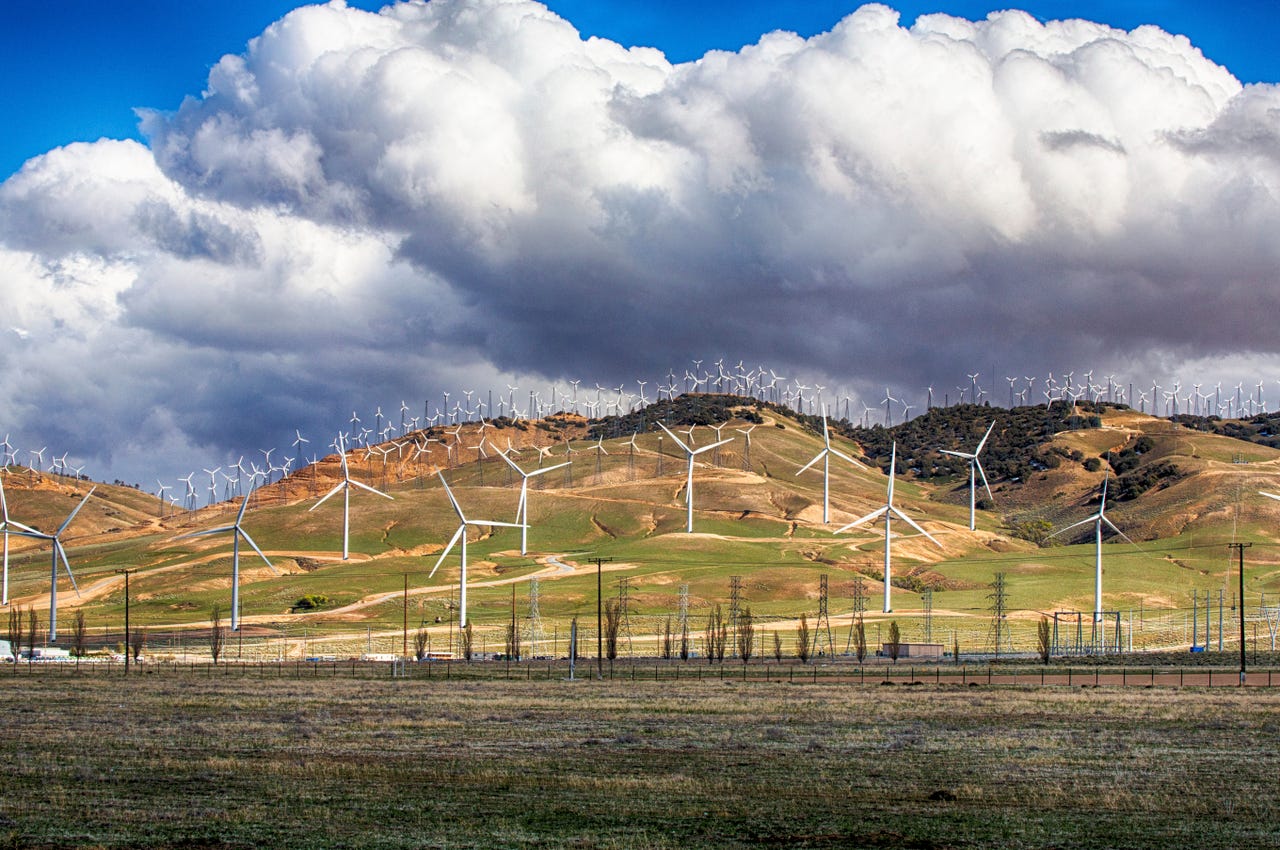California's energy-saving plan: Would you trade a PC price hike for lower power bills?


The US could also slash consumption by 20 billion kilowatt/hours annually, if the California plan is eventually adopted nationally, the NRDC suggests.
The California Energy Commission (CEC) has released the second and final draft of an energy-saving proposal for computers and monitors, which it says could save consumers $373m a year.
The around 25 million computers and monitors installed in California's homes and businesses currently use an estimated 5,610GWh of energy, which represents three percent of residential electricity use and seven percent of commercial use in the state.
While energy standards for computers and monitors exist in Europe, Australia, and China, the Californian proposal will mark the first set of standards in the US.
The proposal, announced by the CEC on Friday, will introduce a set of baseline energy targets that aim to cut use, in particular when computers are in idle mode.
"Cutting energy while no one is using a computer can save consumers millions on their utility bills, which reduces the need to generate more electricity," commissioner Andrew McAllister, the CEC's lead on energy efficiency, said.
"The proposed standards are a win-win, made possible by the cooperation of so many who contributed their knowledge throughout the process."
The proposal covers notebooks, desktops, and small servers, as well as components that can affect total energy requirements, such as the operating system, graphics chips, and hard disks.
It does not include tablets, large servers, games consoles, or industrial computers, because the CEC does not believe energy savings would be significant enough to target.
The commission thinks the largest energy savings can be made in desktop computers, which are always plugged in and often not powered down completely.
However, it expects that the baseline, which is a specified kilowatt/hour target per year for each device type, will drive up the cost of acquiring a desktop computer by $14, but save consumers $40 on electricity bills over five years.
The commission plans to introduce a first-tier standard for desktop computers by January 1 2019, and a second-tier for desktops by July 1 2021.
It found that most notebooks are already energy efficient. The notebook standards would take effect on January 1, 2019, which is expected to add $1 to the cost of a notebook but save $2 over four years.
The standards for small-scale servers and workstations will add $13 to the cost while delivering savings of $30 and $20 respectively over five years. They will arrive on January 1 2018.
The proposal for monitors aims at 17-inch-plus displays and would add $5 to the per-unit cost, but save consumers $30 over seven years. This standard is slated for July 1 2019.
New York non-profit group Natural Resources Defense Council (NRDC) estimates that if the California plan is adopted nationally, US consumers will save $2.2bn on energy bills annually.
It could also slash the electricity consumed in the US by 20 billion kilowatt/hours annually, equivalent to seven coal power plants. This saving would reduce carbon pollution by 14 million metric tons per year, according to the group.
The organization has worked with the CEC to demonstrate that desktop computer energy consumption can be halved without impacting performance.
"These new standards, when finally adopted by the California Energy Commission, will reduce the energy consumed by computers and monitors by roughly one-third once the stock of computers and monitors in use in the state turns over," said Pierre Delforge, director of NRDC's high-tech energy efficiency, energy and transportation program.
However, he also warned that the CEC's proposal should avoid loopholes, such as credits or exclusions, that could reduce expected energy savings.
"NRDC and its partners will review the proposal carefully, looking for overly generous credits and exemptions for premium features," Delforge said.
"These credits and exemptions may seem innocuous today when such features are rare, but could become major loopholes that would significantly reduce expected energy savings by the time the standards go into effect."
MORE ON ENERGY ISSUES
- Google, Facebook pause rivalries: Here's their 48V power-saving rack spec for Open Compute Project
- Google lights up Project Sunroof for testing solar energy savings
- Opera takes on Chrome with power-saving browser that makes laptop batteries last 50 percent longer
- Microsoft kicks off campaign touting battery savings of Windows 10's Edge browser
- TechRepublic: Save data center costs by finding the operational efficiency sweet spot
- CNET: Firefox for iOS gets customizable search, battery savings